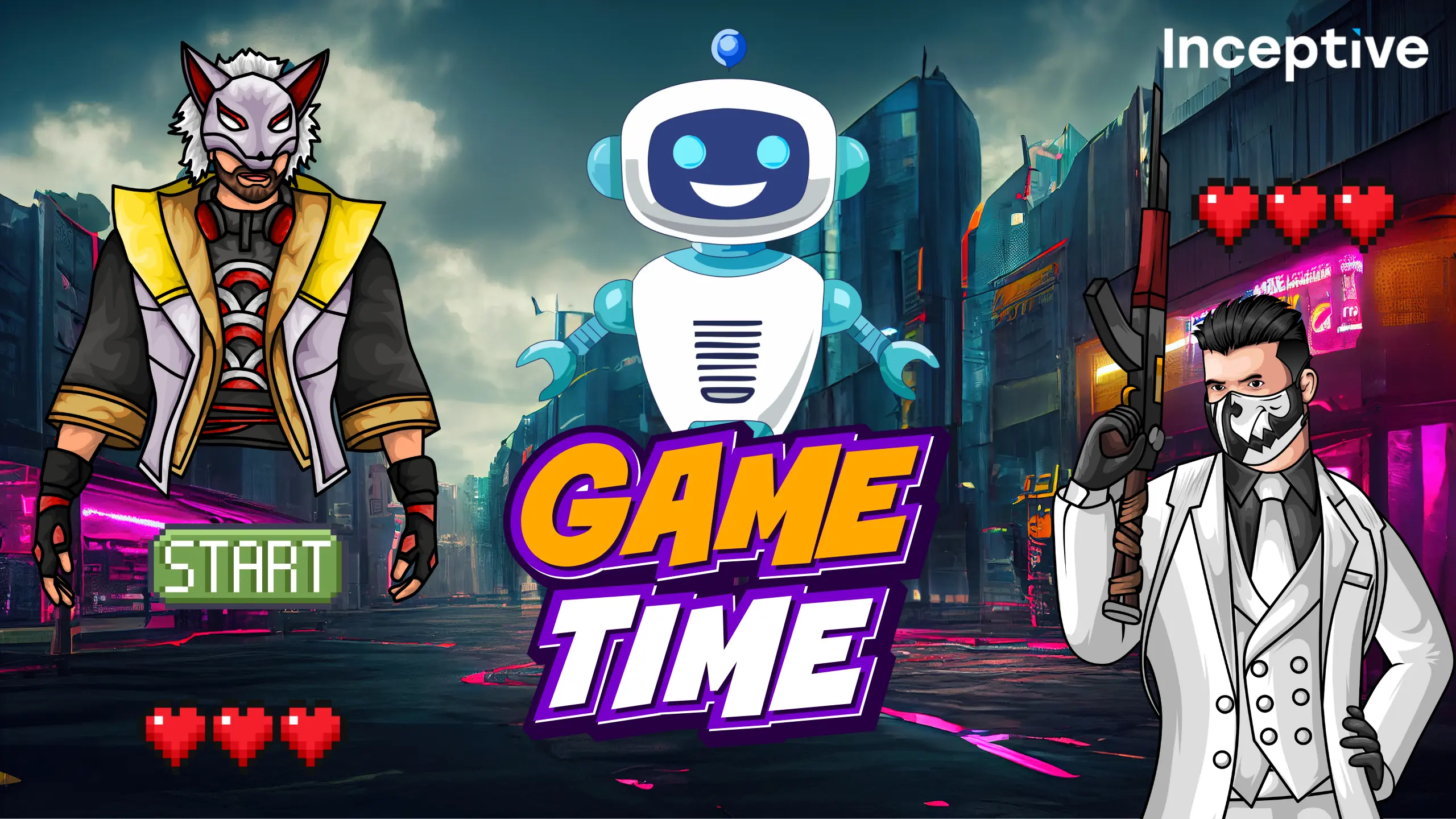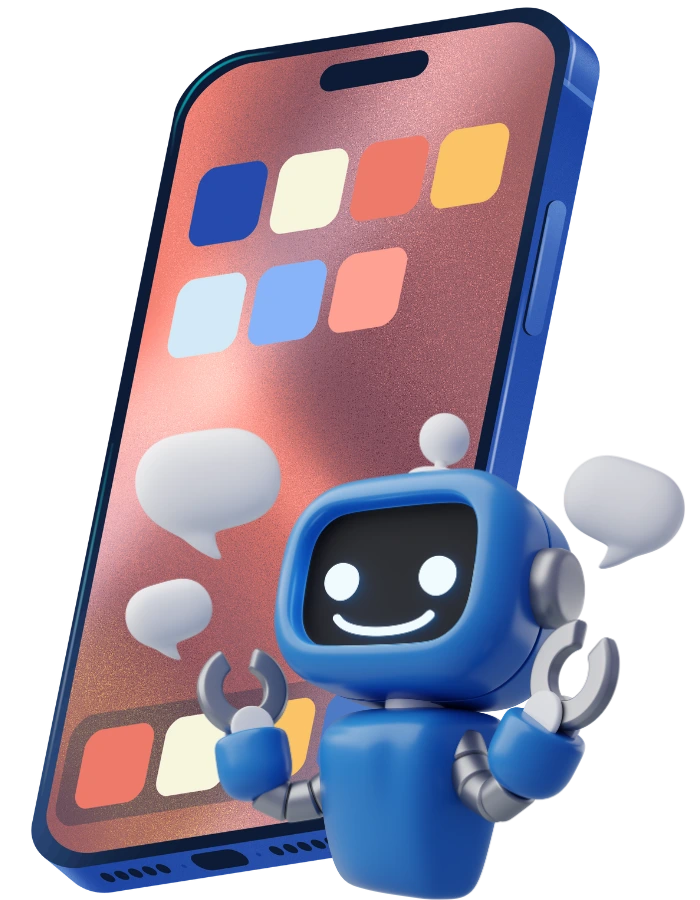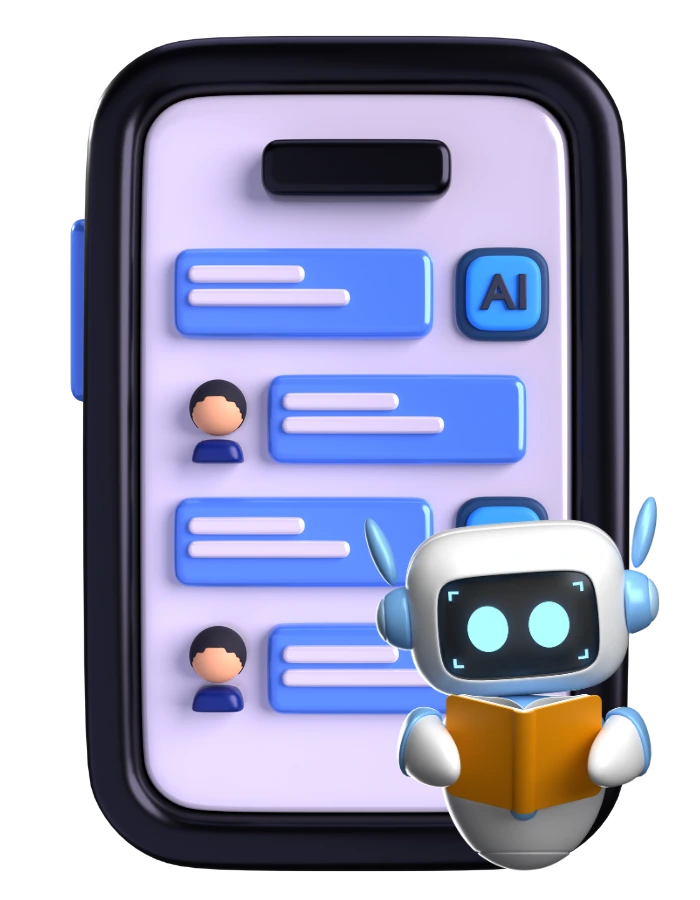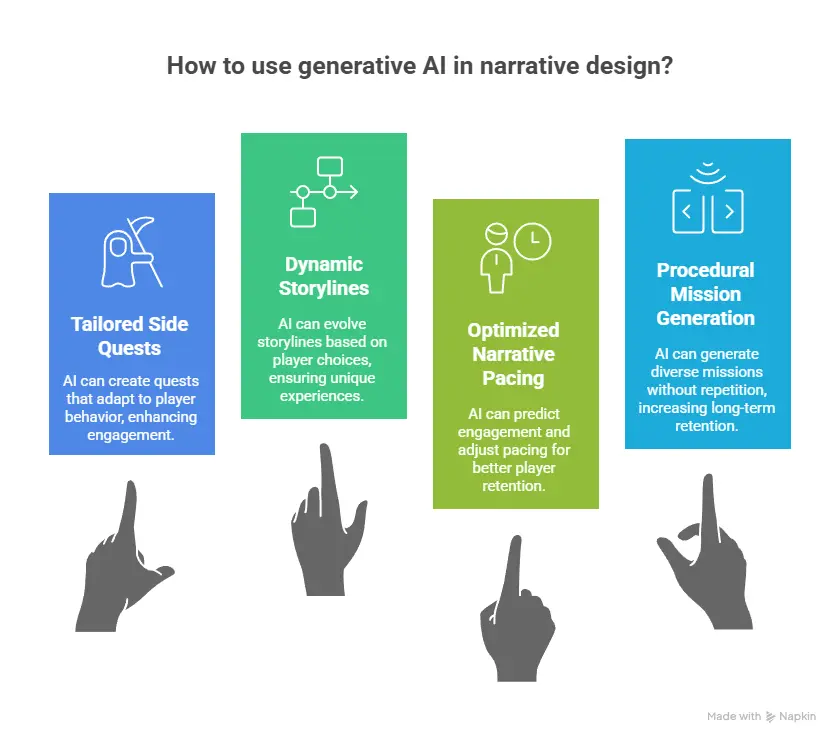The gaming industry has witnessed a massive transformation over the past decade. With advancements in graphics, physics engines, and computing power, players have experienced increasingly immersive worlds. However, one of the most exciting developments in recent years has been the rise of Generative AI—a technology that is now redefining how game worlds and characters are designed. As someone deeply involved in gaming technology, I have explored how AI can create lifelike environments, dynamic storylines, and characters with human-like behavior.
In this blog, we will explore how generative AI is reshaping gaming, its applications in world-building, character creation, and narrative development, and why this technology is essential for the future of interactive entertainment.
What Is Generative AI in Gaming?

Generative AI refers to algorithms capable of producing new content by learning patterns from existing data. Unlike traditional procedural generation, which relies on fixed rules, generative AI leverages deep learning, neural networks, and reinforcement learning to create content that feels organic, realistic, and adaptive.
In gaming, this means:
-
Realistic character models: AI can generate facial expressions, movements, and behaviors that reflect human-like traits.
-
Dynamic worlds: Entire environments can be procedurally generated with textures, terrain, and even weather conditions that react to player interactions.
-
Adaptive storytelling: Game narratives can evolve dynamically based on player decisions and AI-generated scenarios.
The most notable AI models currently applied in gaming include Generative Adversarial Networks (GANs), Variational Autoencoders (VAEs), and transformer-based models like GPT variants, which help in dialogue generation and scenario creation.

How Generative AI Creates Realistic Game Worlds
Creating realistic game worlds is traditionally time-consuming and resource-intensive. Artists and developers spend months designing environments, textures, and lighting effects. Generative AI is changing this by automating content creation with a high level of realism.
1. Terrain and Environment Generation
AI models analyze thousands of real-world images and topographical data to produce lifelike terrains, mountains, forests, and rivers. Tools like NVIDIA’s GauGAN allow developers to generate photorealistic landscapes from simple sketches.
For example:
-
AI can generate forests that adapt dynamically to seasons and in-game events.
-
Rivers and lakes can form natural water flow patterns rather than following pre-defined paths.
-
Urban environments can be designed based on AI understanding of real-world city layouts, including traffic patterns and building distribution.
2. Textures and Visual Fidelity
Generative AI enhances textures, lighting, and shadows with minimal human input. GAN-based models can upscale textures and even simulate realistic surface wear, such as rust, scratches, or mud on in-game objects, significantly reducing development time.
3. Procedural Ecosystems
With AI, game worlds are no longer static. AI can create ecosystems where plants, animals, and NPCs interact realistically. In open-world RPGs, this can lead to:
-
Predators hunting prey dynamically.
-
NPC villages responding to environmental changes.
-
Weather systems impacting gameplay mechanics.
Studies show that AI-generated worlds can reduce environment design time by 30-50% while maintaining high-quality graphics and immersive experiences.
How Generative AI Creates Realistic Characters

Character realism is critical for player engagement. Generative AI transforms character creation by simulating:
-
Facial expressions
-
Body movements
-
Speech patterns
-
Emotional reactions
1. AI-Driven NPC Behavior
Traditional NPCs follow scripted actions. Generative AI enables adaptive behaviors, meaning NPCs respond intelligently to player choices:
-
Guards can coordinate attacks in response to player strategies.
-
Villagers react emotionally to story events.
-
Allies can learn from repeated player behavior to improve cooperation.
2. Facial and Body Animation
AI can generate natural facial expressions and motion capture data. This allows:
-
Realistic lip-syncing with dialogue.
-
Smooth transitions between movements.
-
Personalized avatars that reflect player decisions.
Companies like Epic Games and Ubisoft are experimenting with AI models to automate character rigging, reducing manual animation workload by up to 40%.
3. Voice and Dialogue Generation
Using transformer-based language models, developers can generate dynamic NPC dialogues:
-
Players can converse naturally with AI-generated characters.
-
Storylines can adapt in real-time based on player interactions.
-
Generative AI can maintain context and emotional tone over long interactions.

Applications of Generative AI in Narrative Design

Beyond visuals, generative AI is now used for storytelling and quest design:
-
AI can write side quests tailored to player behavior.
-
Dynamic storylines evolve according to player choices, making every gameplay experience unique.
-
AI can predict player engagement and optimize narrative pacing.
For instance, in RPGs, AI-driven quest generation can create hundreds of procedurally generated missions without repetitive patterns, ensuring long-term player retention.
Advantages of Using Generative AI in Gaming
Implementing generative AI in game development brings multiple benefits:
-
Faster development: Automates repetitive tasks such as terrain design and animation.
-
Enhanced realism: Produces lifelike worlds and characters beyond traditional procedural methods.
-
Dynamic content: Enables games to evolve continuously, providing a unique experience for each player.
-
Cost reduction: Reduces manpower requirements for art, animation, and story writing.
-
Player engagement: Realistic AI-driven interactions increase immersion, satisfaction, and retention.
Real-World Examples
Several major games are already leveraging generative AI:
-
Cyberpunk 2077: AI-driven NPC behavior and dialogue.
-
No Man’s Sky: Procedurally generated planets enhanced with AI for realistic ecosystems.
-
FIFA series: AI-based motion capture and player behavior for realistic gameplay.
Industry reports indicate that AI-based content generation can reduce development costs by up to 25%, allowing studios to focus on creativity rather than repetitive tasks.
The Future of Generative AI in Gaming
Generative AI is not just a tool—it’s a paradigm shift. In the next 5 years, we can expect:
-
Full AI-generated AAA game worlds with dynamic characters and narratives.
-
Enhanced virtual reality experiences where AI adapts environments in real-time.
-
Smarter AI companions that learn from player actions and provide personalized guidance.
-
Integration of cloud-based AI gaming, enabling smaller studios to compete with big players.
By embracing generative AI, developers can create high-quality, scalable, and engaging games while saving time and resources.
FAQs on Generative AI in Gaming
1. What is generative AI in gaming?
Generative AI in gaming uses machine learning models to automatically create realistic content, such as worlds, characters, and narratives, providing dynamic and immersive experiences.
2. How does AI create realistic characters?
AI uses neural networks and deep learning to simulate facial expressions, body movements, voice dialogues, and adaptive behaviors that respond to player actions.
3. Can AI generate entire game worlds automatically?
Yes, AI models can produce terrain, vegetation, urban areas, and even ecosystems, significantly reducing manual environment design time while maintaining high realism.
4. What are the benefits of using generative AI in games?
Generative AI accelerates development, reduces costs, enhances realism, enables dynamic storytelling, and improves player engagement and retention.
5. Are there challenges in using generative AI for gaming?
Yes. Challenges include high computational requirements, potential quality inconsistencies, ethical concerns in content generation, and integration complexity with existing game engines.
Resource Center
These aren’t just blogs – they’re bite-sized strategies for navigating a fast-moving business world. So pour yourself a cup, settle in, and discover insights that could shape your next big move.
Why Businesses Prefer to Hire .NET Developers for Scalable Enterprise Applications?
In today’s enterprise landscape, scalability is no longer a technical advantage—it is a business necessity. Organizations operating across multiple regions, serving large user bases, or managing complex workflows require [...]
What are the Top Benefits of Hiring Dedicated Web Developers for Your Business Growth in 2026?
As digital ecosystems grow more complex and customer expectations continue to rise, businesses in 2026 are under constant pressure to deliver high-performance, secure, and scalable web solutions. Off-the-shelf software [...]
Hire Full Stack Developers: A Complete Guide to Building Modern Web Applications Faster
In today’s digitally driven economy, speed, scalability, and technical agility define the success of modern web applications. Organizations across industries are under constant pressure to launch feature-rich platforms faster, [...]

